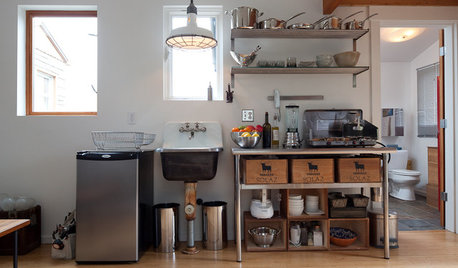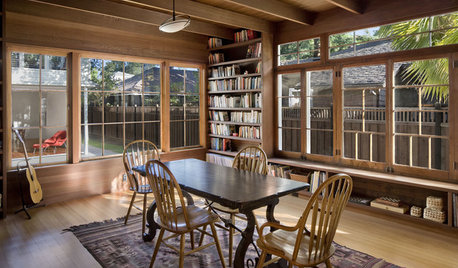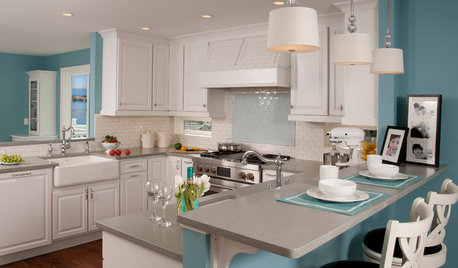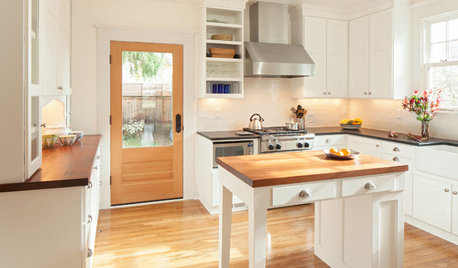Deciding On Insulation In Staged Remodel
cfrizzle
10 years ago
Related Stories

GREEN BUILDINGInsulation Basics: Heat, R-Value and the Building Envelope
Learn how heat moves through a home and the materials that can stop it, to make sure your insulation is as effective as you think
Full Story
REMODELING GUIDESCool Your House (and Costs) With the Right Insulation
Insulation offers one of the best paybacks on your investment in your house. Here are some types to discuss with your contractor
Full Story
GREEN BUILDINGEcofriendly Cool: Insulate With Wool, Cork, Old Denim and More
Learn about the pros and cons of healthier alternatives to fiberglass and foam, and when to consider an insulation switch
Full Story
MATERIALSInsulation Basics: What to Know About Spray Foam
Learn what exactly spray foam is, the pros and cons of using it and why you shouldn’t mess around with installation
Full Story
WINDOW TREATMENTSEasy Green: 9 Low-Cost Ways to Insulate Windows and Doors
Block drafts to boost both warmth and energy savings with these inexpensive but effective insulating strategies
Full Story
GREEN BUILDINGInsulation Basics: Natural and Recycled Materials
Consider sheep’s wool, denim, cork, cellulose and more for an ecofriendly insulation choice
Full Story
REMODELING GUIDESShould You Stay or Should You Go for a Remodel? 10 Points to Ponder
Consider these renovation realities to help you decide whether to budget for temporary housing
Full Story
REMODELING GUIDESReplace vs. Restore: The Great Window Debate
Deciding what to do with windows in disrepair isn't easy. This insight on the pros and cons of window replacement or restoration can help
Full Story
KITCHEN DESIGNKitchen of the Week: A Seattle Family Kitchen Takes Center Stage
A major home renovation allows a couple to create an open and user-friendly kitchen that sits in the middle of everything
Full Story
SELLING YOUR HOUSEHow to Stage Your Kitchen for a Home Sale
Attract buyers with a kitchen that’s clean, bright and welcoming — no expensive overhaul required
Full Story









vjrnts
cfrizzleOriginal Author
Related Professionals
Saint Peters Kitchen & Bathroom Designers · West Virginia Kitchen & Bathroom Designers · Yorba Linda Kitchen & Bathroom Designers · Saint Charles Kitchen & Bathroom Designers · North Druid Hills Kitchen & Bathroom Remodelers · University City Kitchen & Bathroom Remodelers · Bay Shore Kitchen & Bathroom Remodelers · Buffalo Grove Kitchen & Bathroom Remodelers · Charlottesville Kitchen & Bathroom Remodelers · Saint Augustine Kitchen & Bathroom Remodelers · Gibsonton Kitchen & Bathroom Remodelers · De Pere Architects & Building Designers · Lafayette Architects & Building Designers · Palmer Architects & Building Designers · Seal Beach Architects & Building Designersakamainegrower
cfrizzleOriginal Author
cfrizzleOriginal Author
akamainegrower
cfrizzleOriginal Author
akamainegrower
vjrnts
geller
danvirsse
maryinthefalls
sombreuil_mongrel
vjrnts
energy_rater_la
raee_gw zone 5b-6a Ohio
energy_rater_la